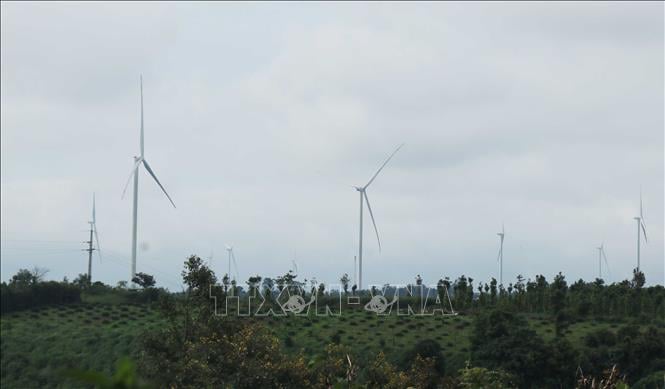
At the heart of that corridor, Lam Dong and Khanh Hoa are shaping up to play a pivotal role, connecting the massive renewable energy resources from the highlands with the port infrastructure, LNG (liquefied natural gas), and coastal transmission systems. This is not simply about individual wind, solar, or LNG projects; it's a convergence of inter-regional planning, synchronized development policies, and a long-term vision, aiming to make clean energy one of the pillars of economic development in the Central Highlands.
Lesson 1: Highland Energy Map
Following the administrative merger, Lam Dong is no longer a "closed plateau" but has opened up to the sea, becoming the starting point of a new energy corridor connecting the plateau and the South Central coastal region. With its advantageous topography, solar radiation, and strong winds, along with a power generation system far exceeding the province's needs, Lam Dong is expected to become an important clean energy hub in the Central-Western Highlands region, playing a role in transit and supplying the entire area.
Internal strength has been established.
While many years ago, Lam Dong was primarily known for its small and medium-sized hydropower plants nestled on mountain slopes, its power generation structure has now taken on a different appearance. According to Mr. Phan Sy Duy, Director of Lam Dong Power Company (PC), the total capacity of existing power sources in the province reaches 3,553.235 MW; of which renewable energy sources (solar power, wind power, small and medium-sized hydropower) account for approximately 870 MW, including 584 MW of rooftop solar power.
Regarding renewable energy, Lam Dong province currently has 97 operational projects with a total capacity of 3,887.89 MW, accounting for nearly 47.2% of the total power generation capacity in the province (8,241.89 MW). Of this, rooftop solar power accounts for approximately 1,166 MWp; solar farm power 1,655 MWp; small and medium-sized hydropower approximately 823 MW; and onshore wind power approximately 244 MW.
However, Lam Dong's peak load capacity in 2025 is only about 1,060 MW, with commercial electricity consumption estimated at 5.32 billion kWh, meaning the power generation capacity is more than 2.3 times the demand. Transmission capacity is much lower than the total power generation capacity, meaning the province has a large surplus of power. This shows that Lam Dong, not only completely self-sufficient in electricity, ensuring sufficient supply for production and daily life within the province, but also becoming one of the important localities supporting load balancing for the entire Central and Central Highlands region, if transmission bottlenecks are removed - Mr. Phan Sy Duy analyzed.
Accompanying the development of power sources is a robust transmission system comprising 8 220/110 kV substations with a total capacity of 2,750 MVA and 32 110 kV substations with a capacity of 2,379 MVA, currently operating at an average load of approximately 65%. This is the "backbone" for bringing clean electricity from the highlands to the lowlands, integrating it into the national power grid.
Following the merger, Lam Dong province is now considered one of the country's largest power generation centers thanks to its exceptional potential. This is not only a domestic assessment, but also from an international perspective. The Ambassador Extraordinary and Plenipotentiary of the Kingdom of Denmark to Vietnam, Mr. Nicolai Prytz, commented that Lam Dong has diverse potential for power generation, especially wind power, both onshore and offshore. Vestas – a leading global energy group from Denmark – is very interested in this region and the Danish side wishes to cooperate long-term, from surveying to investment and operation.
Highland energy poles in the national map
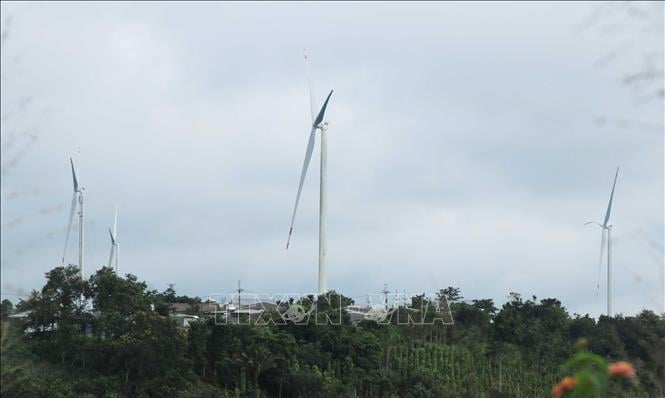
Minister of Industry and Trade Nguyen Hong Dien assessed that Lam Dong's potential and advantages in renewable energy after the merger are enormous. The locality needs to focus on development to become a national energy center.
According to Decision No. 500/QD-TTg of the Prime Minister approving the National Power Development Plan for the period 2021-2030, with a vision to 2050 (commonly known as Power Plan VIII), Lam Dong province has the potential to develop approximately 2,000 MW of offshore wind power in the period 2025-2030, with an additional 2,300 MW in the period 2031-2035. The Ta Nang - Don Duong area, bordering the former Lam Dong province and the former Binh Thuan province, is assessed to have high average wind speeds, suitable for developing large-scale wind power clusters.
Regarding solar power, Lam Dong possesses solar radiation comparable to that of the South Central provinces. Many midland and flat areas interspersed with low hills have favorable conditions for the development of concentrated solar power plants.
Mr. Le Trong Yen, Vice Chairman of the Lam Dong Provincial People's Committee, emphasized that Lam Dong not only possesses a large-scale energy source but also has the potential to develop offshore wind and solar power at a national level. This will be an important foundation for the province to participate more deeply in the national energy transition process and reduce dependence on fossil fuels.
The boom in renewable energy sources has also brought new pressures. On some 110 kV lines, the load has reached its limit. Many solar power plants have had to reduce their output to ensure system safety. Power bottlenecks are beginning to appear – challenging a higher level of development.
The province currently has 8 220/110kV substations with a total installed capacity of 2,750 MVA and 32 110kV substations with a total capacity of 2,379 MVA. However, many 110kV transmission lines are operating at full capacity, forcing some solar and wind power plants to reduce output to ensure system safety.
Currently, the locality has not yet issued a specific resolution on energy development, but mainly applies general incentive mechanisms from the central government and integrates the goals into annual socio-economic development plans. According to some experts in electricity development, this has caused a policy "lag" in attracting large investments in offshore wind and regional-scale solar power projects.
Another issue is that current energy spatial planning is not synchronized with land use planning and 110kV transmission grid planning, resulting in some potential areas not yet being legally accessible to investors.
From a secluded plateau, Lam Dong is emerging as a green energy hub in the Central Highlands, contributing to shaping the nation's new energy map. This will be a solid foundation for the Central Highlands to make breakthroughs in the energy transition and sustainable development. The strong development of clean energy here is also having a ripple effect on other sectors: promoting high-tech agriculture models using renewable energy, developing green tourism, creating stable jobs in the midland and mountainous areas, and opening up new development space for processing and supporting industries. (To be continued)
Lesson 2: The Coastal Energy Pillar is Taking Shape
Source: https://baotintuc.vn/kinh-te/truc-nang-luong-xanh-vuon-ra-bien-lonbai-1-20251008172254307.htm










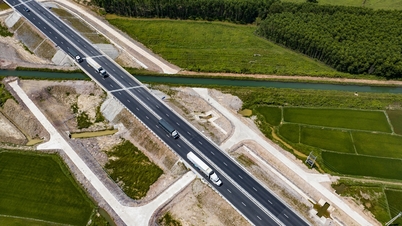





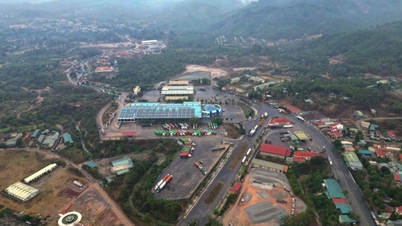
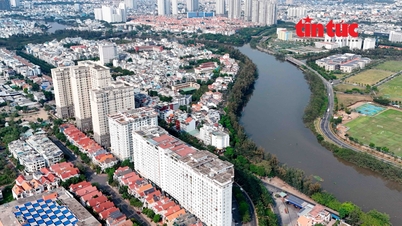











































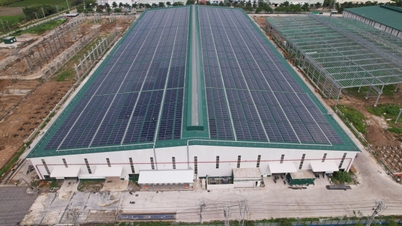










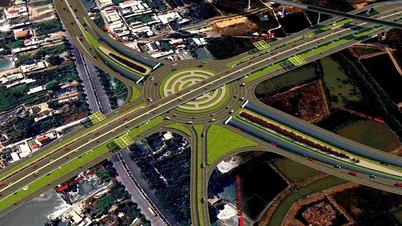











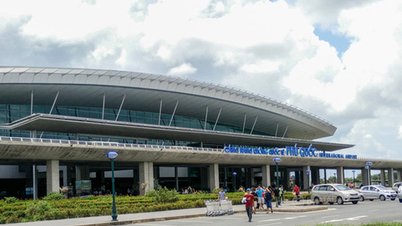
























Comment (0)